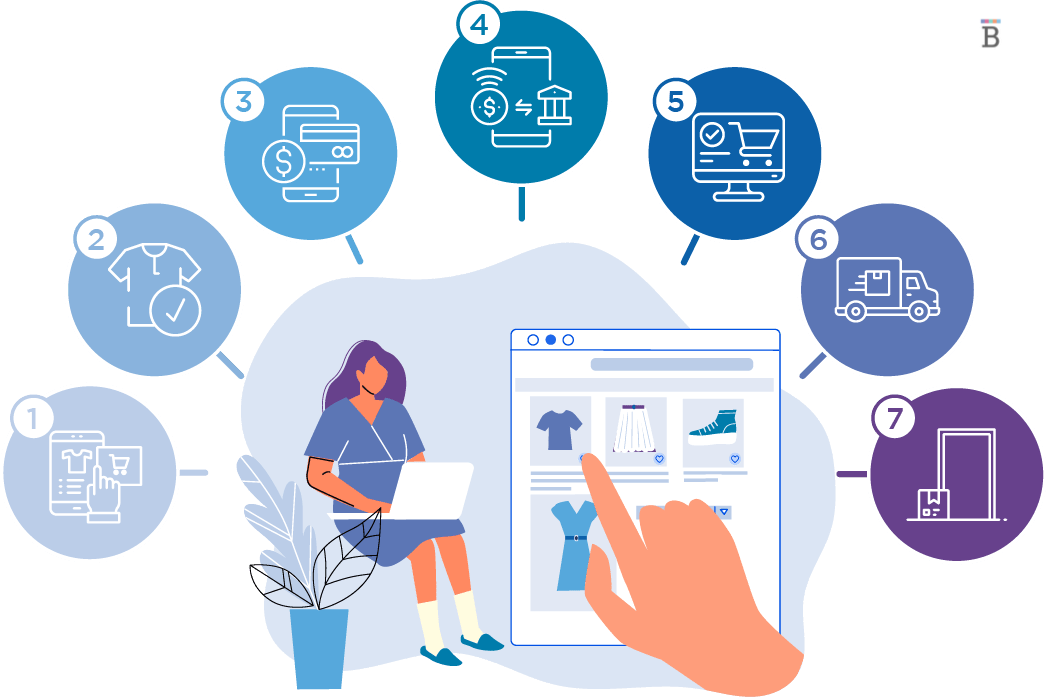
Creating an e-commerce website allows you to sell products or services online. It provides a platform to showcase your offerings, manage transactions, and reach a global customer base. Here's a guide on how to get started with an e-commerce website:
Define your product or service: Determine what you want to sell online. It could be physical products, digital goods, or services. Choose products or services that align with your expertise, passion, and target market.
Choose an e-commerce platform: Select a suitable e-commerce platform that fits your needs. Popular options include Shopify, WooCommerce (WordPress plugin), Magento, or BigCommerce. Consider factors such as ease of use, customization options, payment gateways, and scalability.
Set up your online store: Sign up for an account with your chosen e-commerce platform and follow their setup process. Customize your store's design, including logo, color scheme, and layout, to match your brand identity.
Add product/service listings: Create compelling product or service listings that include clear descriptions, high-quality images or videos, pricing, and any relevant options or variations. Organize your products into categories for easy navigation.
Configure payment gateways: Set up secure and reliable payment gateways to enable customers to make purchases. Popular options include PayPal, Stripe, Square, or integrated payment gateways provided by your chosen e-commerce platform.
Set up shipping methods: Determine your shipping options and rates based on factors such as product weight, destination, and shipping providers. Integrate shipping calculators or plugins to provide accurate shipping costs to your customers.
Ensure website security: Implement security measures, such as SSL certificates, to protect customer data and provide a secure shopping experience. Display trust badges and privacy policies to build trust with your customers.
Optimize for search engines: Conduct keyword research and optimize your product descriptions, titles, and website content for search engine optimization (SEO). This will help improve your website's visibility in search engine results.
Test and launch: Thoroughly test your website, including the checkout process, payment gateway integration, and overall functionality. Fix any issues or bugs before launching your e-commerce store to the public.
Promote your online store: Utilize digital marketing strategies such as social media marketing, content marketing, email marketing, and paid advertising to drive traffic to your e-commerce website. Engage with your audience and build relationships to encourage repeat purchases.
Monitor and optimize: Regularly monitor your website's performance, sales, and customer feedback. Make data-driven decisions to improve your website's user experience, conversion rates, and overall success.
Share This News